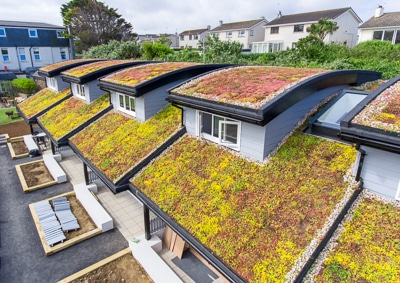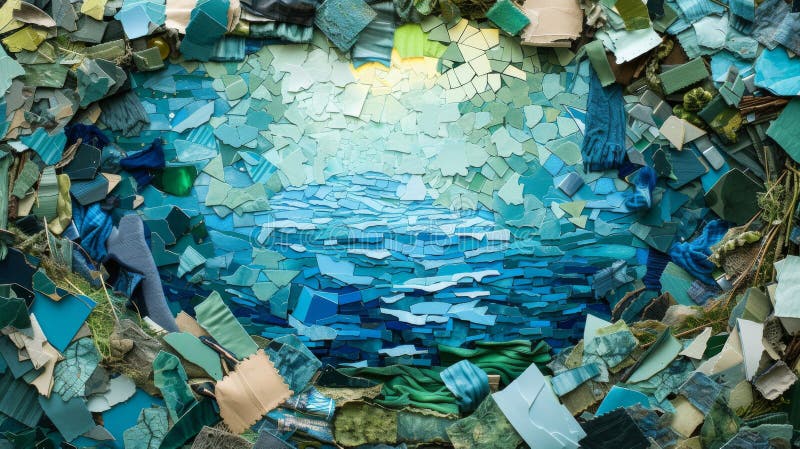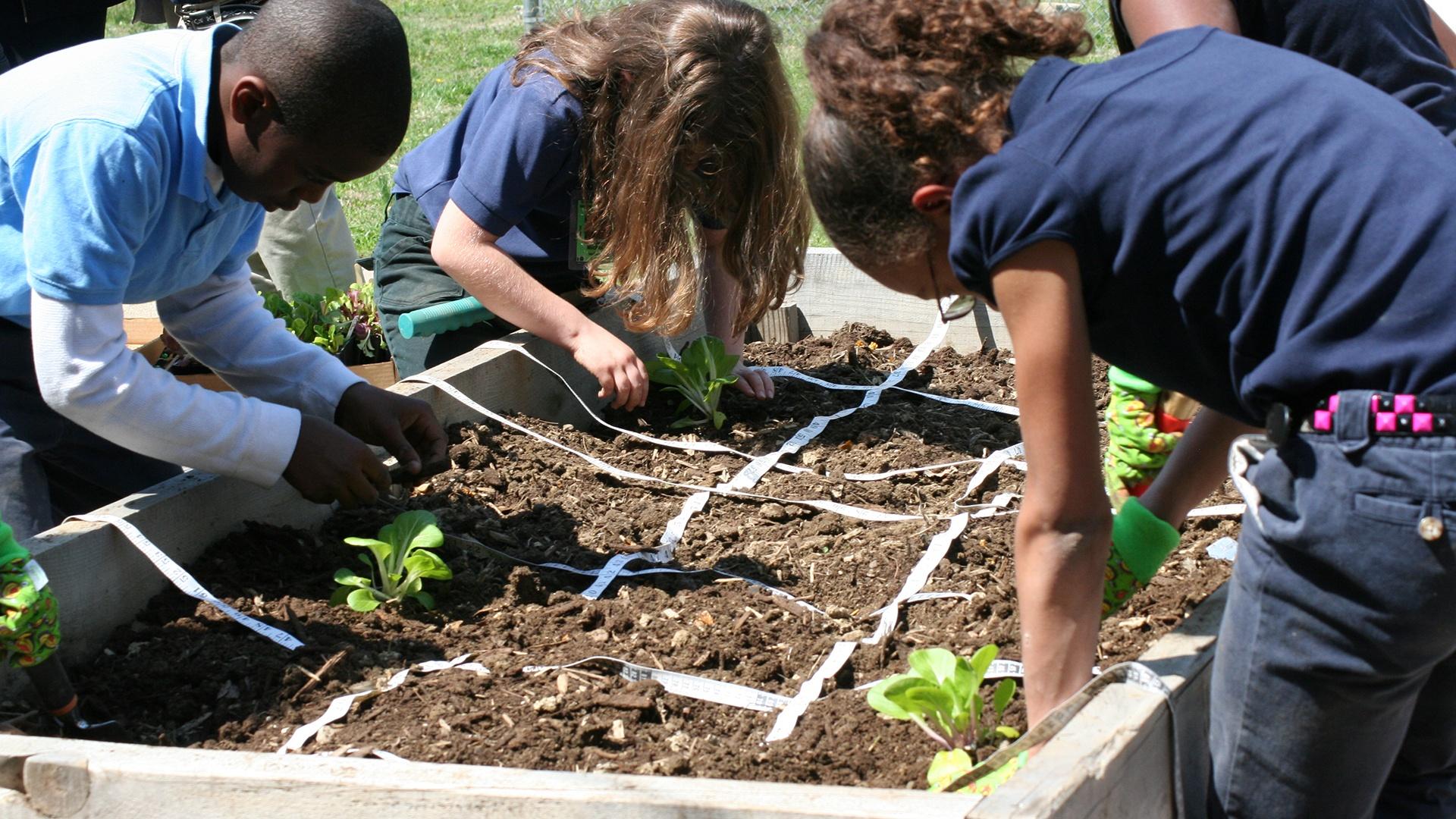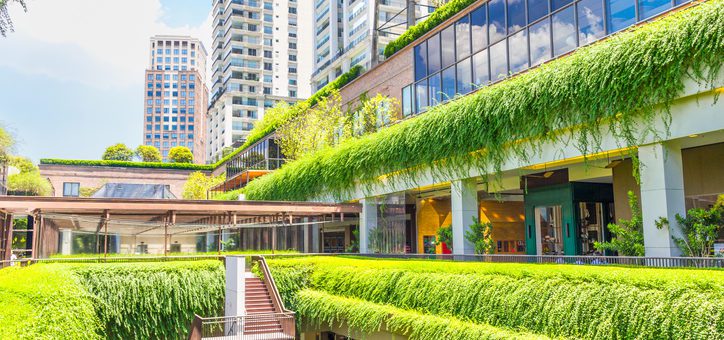
Introduction: The Rise of Green Roofs
In an era defined by climate change and increasing urbanization, the quest for sustainable solutions has never been more critical. Among the innovative approaches gaining traction, green roof systems stand out as a promising strategy to mitigate environmental challenges while enhancing the quality of urban life. These vegetated rooftops, once considered a niche concept, are now recognized as a viable and valuable component of sustainable urban development. This comprehensive guide dives deep into the world of sustainable green roof systems, exploring their types, benefits, design considerations, installation processes, and long-term maintenance. We’ll examine how these living roofs can transform our cities into greener, healthier, and more resilient spaces.
What are Sustainable Green Roof Systems?
At its core, a green roof system is an extension of an existing roof that involves a high-quality waterproofing and root repellent system, a drainage system, filter cloth, a lightweight growing medium, and plants. But it’s more than just adding plants to a roof. A truly sustainable green roof system is designed with environmental responsibility in mind, focusing on minimizing environmental impact throughout its lifecycle. This encompasses everything from the materials used in construction to the water conservation strategies employed and the biodiversity supported by the rooftop ecosystem. The goal is to create a roof that not only looks green but also contributes positively to the environment and the well-being of the community.
Types of Green Roof Systems: Extensive vs. Intensive
Green roofs are broadly classified into two main types: extensive and intensive. Understanding the differences between these types is crucial for choosing the right system for a particular building and its intended purpose.
Extensive Green Roofs
Extensive green roofs are characterized by their shallow growing medium, typically ranging from 2 to 6 inches in depth. This shallow depth translates to a lighter weight, making them suitable for a wider range of buildings, including those with limited structural capacity. Extensive roofs are typically planted with low-maintenance, drought-tolerant vegetation such as sedums, grasses, and mosses. They are designed to be largely self-sustaining, requiring minimal irrigation and maintenance after establishment. The primary benefits of extensive green roofs include stormwater management, insulation, and habitat creation, all while being a cost-effective option.
Intensive Green Roofs
Intensive green roofs, on the other hand, feature a deeper growing medium, often exceeding 6 inches and sometimes reaching several feet. This greater depth allows for a wider variety of plants, including lawns, shrubs, and even trees. Intensive roofs can be designed as rooftop gardens, providing recreational space for building occupants. However, the increased depth and weight of the growing medium require stronger structural support, making them more suitable for new construction or buildings undergoing significant renovations. Intensive green roofs offer all the benefits of extensive roofs, plus the added advantages of increased biodiversity, aesthetic appeal, and recreational opportunities. They also typically require more intensive maintenance, including regular watering, fertilization, and pruning.
Other Types of Green Roof Systems
Beyond the two main categories, several other green roof systems cater to specific needs and environmental conditions.
Semi-Intensive Green Roofs
Bridging the gap between extensive and intensive roofs, semi-intensive systems offer a compromise in terms of weight, depth, and plant selection. They typically feature a growing medium depth of 6 to 12 inches and can support a mix of low-maintenance groundcovers and small shrubs.
Modular Green Roofs
Modular green roofs consist of pre-vegetated trays or containers that are installed on the rooftop. This system offers ease of installation and flexibility, allowing for easy rearrangement or replacement of sections. Modular systems are suitable for both new construction and retrofits.
Brown Roofs
Unlike traditional green roofs, brown roofs prioritize biodiversity and habitat creation by using recycled materials and native substrates. They are often designed to mimic the natural environment and attract local wildlife.
The Environmental Benefits of Green Roofs
Green roof systems offer a multitude of environmental benefits, making them a cornerstone of sustainable urban development. These benefits extend beyond aesthetics, contributing to improved air and water quality, reduced energy consumption, and enhanced biodiversity.
Stormwater Management
One of the most significant benefits of green roofs is their ability to manage stormwater runoff. The vegetated layer and growing medium act as a sponge, absorbing rainwater and reducing the amount of water that flows into storm drains. This helps to prevent flooding, reduce erosion, and minimize pollution of waterways. Studies have shown that green roofs can retain between 50% and 90% of rainfall during the summer months and 25% to 40% during the winter. This retention capacity can significantly reduce the burden on municipal stormwater management systems.
Improved Air Quality
Green roofs contribute to improved air quality by absorbing pollutants and releasing oxygen through photosynthesis. The plants filter particulate matter and harmful gases, such as nitrogen dioxide and sulfur dioxide, from the air. This is particularly beneficial in urban areas where air pollution is a major concern. The cooling effect of green roofs also reduces the formation of ground-level ozone, a harmful air pollutant that contributes to respiratory problems.
Energy Conservation
Green roofs can significantly reduce energy consumption in buildings by providing insulation and reducing the urban heat island effect. The vegetated layer acts as a natural barrier, insulating the building in both summer and winter. In the summer, the plants reflect sunlight and release water through evapotranspiration, cooling the roof surface and reducing the amount of heat that enters the building. In the winter, the green roof provides an extra layer of insulation, reducing heat loss and lowering heating costs. Studies have shown that green roofs can reduce building energy consumption by up to 25%.
Reduced Urban Heat Island Effect
The urban heat island effect is a phenomenon where urban areas experience higher temperatures than surrounding rural areas due to the concentration of buildings, roads, and other heat-absorbing surfaces. Green roofs can help mitigate this effect by replacing dark, heat-absorbing surfaces with vegetation. The plants reflect sunlight and release water through evapotranspiration, cooling the surrounding air and reducing the overall temperature of the urban environment.
Enhanced Biodiversity
Green roofs provide valuable habitat for a variety of plants, insects, and birds, contributing to enhanced biodiversity in urban areas. They can create corridors for wildlife movement and provide food and shelter for pollinators, such as bees and butterflies. By selecting native plant species, green roofs can support local ecosystems and promote ecological diversity.
The Economic Benefits of Green Roofs
Beyond the environmental benefits, green roofs offer a range of economic advantages for building owners, developers, and communities.
Increased Property Value
Buildings with green roofs often command higher property values due to their aesthetic appeal, environmental benefits, and energy-saving features. Green roofs can enhance the marketability of a property and attract tenants who value sustainability.
Reduced Energy Costs
As mentioned earlier, green roofs can significantly reduce energy consumption in buildings, leading to lower utility bills and cost savings for building owners. The insulation provided by the green roof reduces the need for heating and cooling, resulting in long-term financial benefits.
Extended Roof Lifespan
Green roofs can protect the underlying roofing membrane from UV radiation, temperature fluctuations, and physical damage, extending the lifespan of the roof. This can save building owners money on roof repairs and replacements over the long term.
Stormwater Management Savings
By reducing stormwater runoff, green roofs can help building owners avoid or reduce stormwater management fees. In some cities, developers can receive incentives or rebates for incorporating green roofs into their projects.
Green Jobs Creation
The green roof industry creates jobs in design, installation, maintenance, and research. As the demand for green roofs grows, so too does the demand for skilled professionals in this field.
Designing a Sustainable Green Roof System
Designing a sustainable green roof system requires careful consideration of various factors, including the building’s structural capacity, climate conditions, plant selection, and maintenance requirements. A holistic approach is essential to ensure the long-term success and sustainability of the green roof.
Structural Considerations
The first step in designing a green roof is to assess the building’s structural capacity to ensure that it can support the added weight of the green roof system. This is particularly important for retrofitting existing buildings. A structural engineer should be consulted to determine the load-bearing capacity of the roof and recommend any necessary reinforcements.
Waterproofing and Root Barrier
A high-quality waterproofing membrane is essential to protect the building from water damage. The membrane should be resistant to root penetration to prevent the plants from damaging the roofing structure. A separate root barrier layer may also be necessary, depending on the type of plants selected.
Drainage System
An effective drainage system is crucial to prevent waterlogging and ensure proper plant growth. The drainage layer should allow excess water to drain away quickly and efficiently. This can be achieved using a layer of gravel, drainage mats, or specialized drainage boards.
Growing Medium
The growing medium is the substrate in which the plants will grow. It should be lightweight, well-draining, and able to retain moisture and nutrients. The growing medium should also be free of contaminants and designed to support the specific plants selected for the green roof. Common components of green roof growing media include compost, perlite, vermiculite, and expanded clay aggregates.
Plant Selection
Plant selection is a critical aspect of green roof design. The plants should be adapted to the local climate conditions, drought-tolerant, and low-maintenance. Native plant species are often preferred as they support local ecosystems and require less water and fertilizer. The plants should also be selected based on their aesthetic appeal, ability to attract pollinators, and contribution to biodiversity.
Irrigation
While extensive green roofs are designed to be largely self-sustaining, some irrigation may be necessary, especially during the establishment phase or during periods of drought. An efficient irrigation system can help conserve water and ensure proper plant growth. Drip irrigation is often preferred as it delivers water directly to the plant roots, minimizing water loss through evaporation.
Installation of a Green Roof System
The installation of a green roof system is a complex process that requires specialized knowledge and expertise. It is essential to hire experienced contractors who are familiar with green roof construction techniques.
Preparation
Before beginning the installation, the roof surface should be thoroughly cleaned and inspected for any damage. Any necessary repairs should be made to ensure the integrity of the roofing structure.
Installation of Waterproofing and Root Barrier
The waterproofing membrane and root barrier should be installed according to the manufacturer’s instructions. Care should be taken to ensure that all seams are properly sealed to prevent water leakage.
Installation of Drainage System
The drainage layer should be installed on top of the waterproofing membrane. The drainage layer should be properly connected to the roof drains to ensure efficient water removal.
Installation of Growing Medium
The growing medium should be spread evenly over the drainage layer. The depth of the growing medium should be consistent throughout the roof to ensure uniform plant growth.
Planting
The plants should be installed according to the planting plan. The plants should be properly spaced to allow for future growth. The plants should be watered immediately after planting to help them establish their roots.
Maintenance of a Green Roof System
While green roofs are designed to be low-maintenance, some regular maintenance is necessary to ensure their long-term health and sustainability.
Weeding
Weeding should be done regularly to prevent unwanted plants from competing with the desired vegetation. Hand-weeding is often preferred as it avoids the use of herbicides.
Fertilizing
Fertilizing may be necessary to provide the plants with the nutrients they need to thrive. Slow-release fertilizers are often preferred as they provide a steady supply of nutrients over time.
Irrigation
Irrigation should be provided as needed, especially during periods of drought. The plants should be watered deeply and infrequently to encourage deep root growth.
Pruning
Pruning may be necessary to remove dead or damaged plant material and to maintain the desired shape of the vegetation.
Inspection
Regular inspections should be conducted to identify any potential problems, such as leaks, drainage issues, or pest infestations. Any problems should be addressed promptly to prevent further damage.
Case Studies of Successful Green Roof Systems
Numerous successful green roof projects around the world demonstrate the feasibility and benefits of these sustainable systems. Let’s examine a few notable examples:
Chicago City Hall Green Roof
Installed in 2001, the Chicago City Hall Green Roof is one of the most well-known and influential green roof projects in the United States. The 20,000-square-foot roof features over 150 plant species and serves as a demonstration project for the city’s green roof initiative. The roof has been shown to reduce stormwater runoff, lower building energy consumption, and improve air quality.
Kaiser Permanente Medical Center, Oakland
This medical center in Oakland, California, features a 37,000-square-foot green roof that provides a tranquil and restorative space for patients, staff, and visitors. The roof includes a variety of plants, walkways, and seating areas, creating a therapeutic environment that promotes healing and well-being.
Vancouver Convention Centre
The Vancouver Convention Centre in British Columbia, Canada, boasts a 6-acre living roof, making it one of the largest green roofs in North America. The roof features over 400,000 native plants and provides habitat for bees, birds, and other wildlife. The roof also helps to reduce stormwater runoff, lower building energy consumption, and improve air quality.
The Future of Green Roofs
The future of green roofs is bright, with increasing recognition of their environmental, economic, and social benefits. As cities around the world strive to become more sustainable, green roofs are poised to play an increasingly important role in urban development.
Policy and Incentives
Many cities are implementing policies and incentives to encourage the adoption of green roofs. These include building codes that require or incentivize green roofs, grants and rebates for green roof installation, and tax credits for green roof owners. As more cities adopt these policies, the number of green roofs is likely to increase significantly.
Technological Advancements
Ongoing research and development are leading to new and improved green roof technologies. These include lightweight growing media, innovative drainage systems, and automated irrigation systems. These advancements will make green roofs more efficient, cost-effective, and easier to maintain.
Increased Awareness
As awareness of the benefits of green roofs grows, so too will the demand for these sustainable systems. Educational programs, demonstration projects, and media coverage are helping to raise awareness among building owners, developers, and the general public.
Conclusion: Embracing the Green Roof Revolution
Sustainable green roof systems represent a powerful tool for creating more sustainable, resilient, and livable cities. By embracing the green roof revolution, we can transform our urban landscapes into greener, healthier, and more vibrant spaces for generations to come. From stormwater management and energy conservation to improved air quality and enhanced biodiversity, the benefits of green roofs are undeniable. As technology advances and awareness grows, the future of green roofs looks brighter than ever. It’s time to unlock the potential of our rooftops and create a greener, more sustainable world, one roof at a time.



